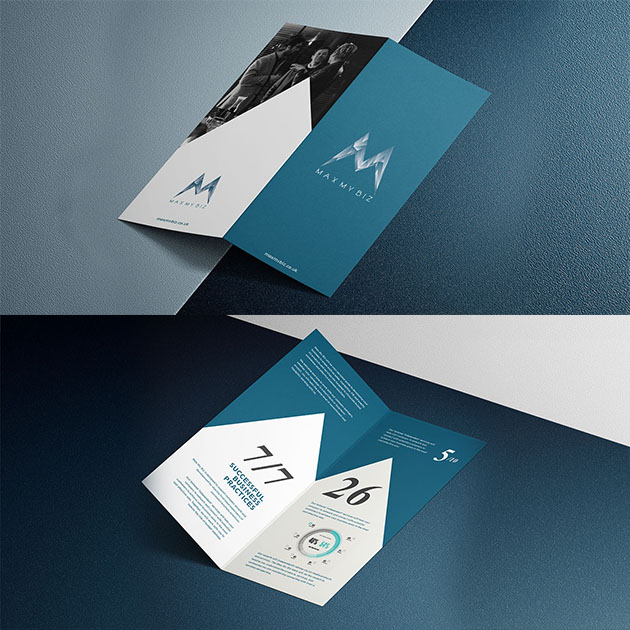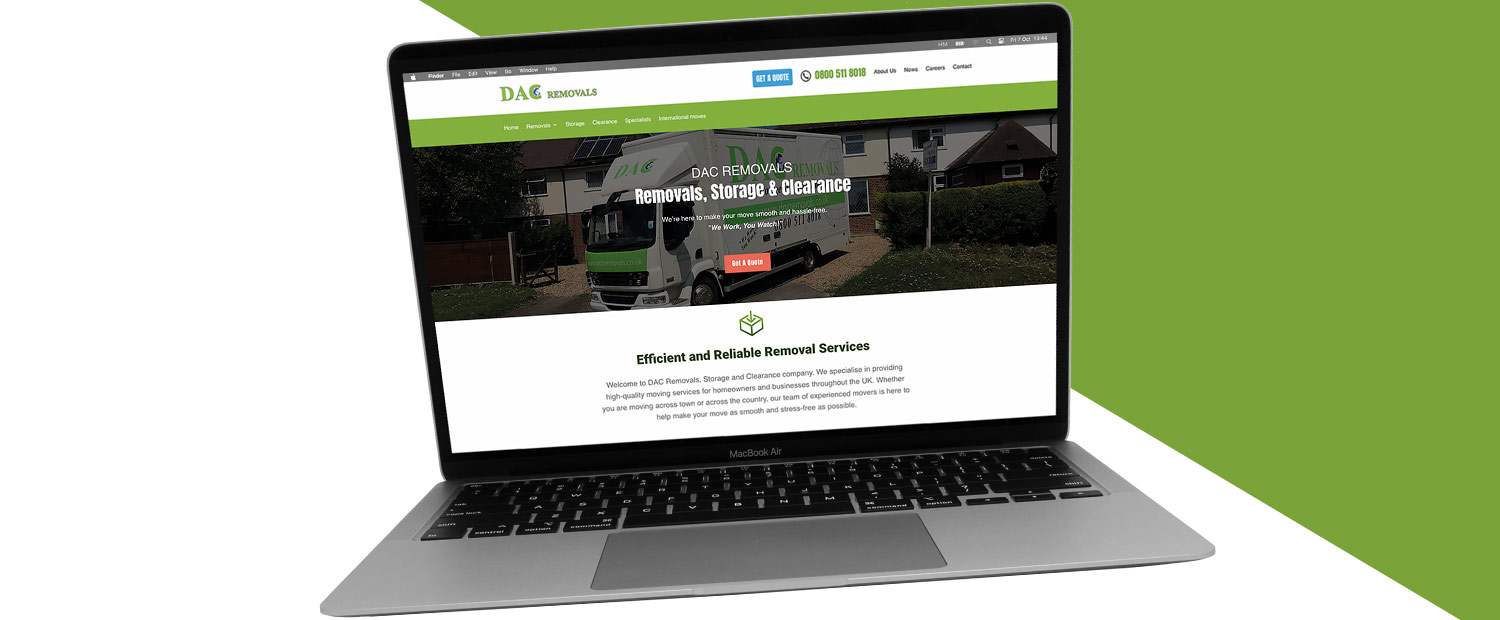What is a brand voice?
Developing and Establishing an Effective Brand Identity Voice
Developing a Brand Voice
Developing a brand voice starts with understanding the core values, mission, and vision of your company. It involves:
-
Brand Personality Development:
Defining the traits that best represent your brand. Is your brand professional, quirky, friendly, or authoritative
-
Audience Research:
Understanding your target audience’s preferences, language, and communication style to ensure your voice resonates with them.
Creating a Brand Voice
Creating a brand voice involves translating your brand’s personality into actionable voice and tone guidelines. This can be broken down into several steps:
-
Define Brand Voice Attributes:
Identify key characteristics such as tone, language style, and emotional undertones.
-
Voice and Tone Guidelines:
Develop a comprehensive guide that includes examples of how to use the brand voice in different scenarios, such as social media posts, customer service interactions, and marketing materials.

Establishing a Brand Voice
To establish a brand voice effectively, consistency is key. This involves:
-
Brand Messaging Framework:
Create a structured framework that outlines how your brand voice should be applied across all communication channels. This ensures that every piece of content aligns with your brand’s identity.
-
Training and Implementation:
Educate your team on the brand voice guidelines to ensure they understand and can apply them consistently.

Crafting a Brand Voice
Crafting a brand voice goes beyond initial development; it’s about fine-tuning and evolving it to stay relevant. Key aspects include:
-
Brand Storytelling:
Use your brand voice to tell compelling stories that connect with your audience on an emotional level. This helps build a strong, relatable brand identity.
-
Feedback and Adaptation:
Regularly gather feedback from your audience and adapt your brand voice as needed to maintain relevance and engagement.

Brand Identity Voice and Consistency
An effective brand voice is one that remains consistent across all touchpoints. This consistency builds trust and recognition among your audience. To achieve this, focus on:
-
Brand Voice Consistency:
Ensure that all communications, whether written or spoken, adhere to the established voice guidelines. This includes everything from social media posts to customer service scripts.
-
Building a Brand Voice:
Continuously refine and reinforce your brand voice to keep it aligned with your evolving brand identity and market trends.

Effective Brand Voice
An effective brand voice is clear, consistent, and authentic. It should:
-
Reflect Brand Values:
Your voice should align with your brand’s core values and mission.
-
Engage Your Audience:
Use language and tones that resonate with your target audience, making your communications more relatable and engaging.

